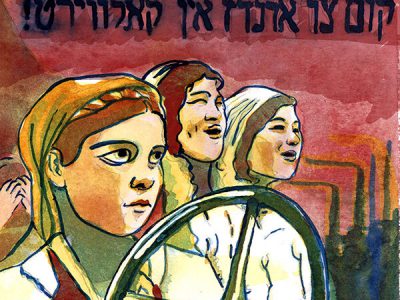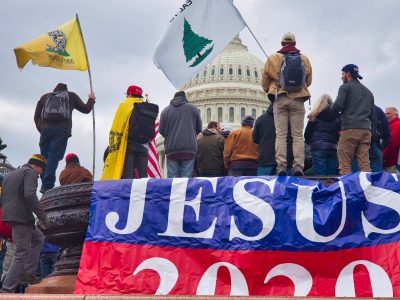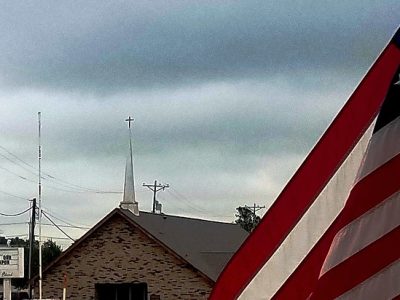WP_Post Object
(
[ID] => 7373
[post_author] => 15
[post_date] => 2024-10-30 20:24:18
[post_date_gmt] => 2024-10-30 20:24:18
[post_content] =>
There's much to celebrate in the rise of exvangelical literature. But why isn't there more focus on the people evangelicalism hurts most?
In 2016, writer Blake Chastain created the Exvangelical Facebook group as a perk for Patreon supporters of his then-new podcast, also called Exvangelical. It was a label he’d originally coined in a hashtag on Twitter, where it had quickly gained traction as a way for people who’d left evangelicalism to find each other online. The Facebook group was, in many ways, an extension of the hashtag’s original mission of helping former evangelicals who “got it" connect with others for discussion and emotional support. I was an admin from early on, and we soon opened up the group to anyone who needed it. By the time I left my admin role in 2021, the group had ballooned to over 10,000 members—all people who wanted to connect with others who had left evangelicalism behind.
The efforts Chastain and I made were part of a broader phenomenon. Along with Emily Joy Allison, R.L. Stollar, Tori Douglass, Jamie Lee Finch, Cindy Wang Brandt, D.L. Mayfield, and a number of others with varying emphases and approaches, we hoped to help foster discussion and a sense of survivors’ community among some very online folks who had been harmed by (mostly white) conservative evangelical Protestantism—people who, for the most part, grew up evangelical and whose childhood socialization was thus twisted by indoctrination into false and often discriminatory beliefs.
Since those early days, the exvangelical movement has only grown, and we’ve now arrived at a place where exvangelicals have broken into mainstream American nonfiction, with NPR journalist and fellow exvangelical Sarah McCammon’s The Exvangelicals: Loving, Living, and Leaving the White Evangelical Church (St. Martin’s Press, 2024) quickly becoming a New York Times bestseller earlier this year. McCammon’s book wasn’t the first to address exvangelical experiences, and it won’t be the last, but it certainly made the biggest splash so far.
Its breakthrough also marked an important milestone for the loose movement of exvies: Many of us have been hoping to expose the damage that evangelical theology causes not only to people—and especially children—within evangelical communities, but also to American society and politics writ large. For the most part, McCammon’s book did just that, as have other recent additions to the exvangelical canon, including Chastain’s book, Exvangelical and Beyond: How American Christianity Went Radical and the Movement that’s Fighting Back (TarcherPerigee, 2024), released just last month. Yet while I’m glad to see literature from and about exvangelicals blossoming, I’ve simultaneously found myself frustrated with what—and who—many of these books have left out; most notably, the voices and stories of atheist and agnostic exvangelicals, queer exvangelicals, and exvangelicals of color.
Evangelicals’ extreme right-wing politics does wide-ranging harm, and it’s pivotal that the American and global publics are informed of how this form of Christianity is far from benign. Unfortunately, Christian privilege makes accepting this an uphill battle for many—even, sometimes, amongst religious exvangelicals. This makes uplifting a diversity of exvangelical voices all the more important, both in literature and otherwise. It’s also why, despite some caveats, I’m still celebrating that, after years of getting occasional press from scrappy hashtagging (#EmptyThePews, #ChurchToo, #ExposeChristianSchools), we’re starting to see a stream of books that are reaching a wider audience, including McCammon’s and Chastain’s new books, and Allison’s 2021 work on abuse in evangelical institutions, which builds on the #ChurchToo movement she started. Other notable books include Sarah Stankorb’s Disobedient Women: How a Small Group of Faithful Women Exposed Abuse, Brought Down Powerful Pastors, and Ignited an Evangelical Reckoning (Worthy Publishing, 2023) and Linda Kay Klein’s Pure: Inside the Evangelical Movement that Shamed a Generation of Young Women and How I Broke Free (Touchstone, 2018). These are all valuable contributions with respect to exposing evangelicalism’s harm—but in my view, Klein’s and McCammon’s books in particular are too invested in “saving” Christianity and a reverent view of Jesus, instead of focusing on the people most harmed by the religion they’ve left.
Take McCammon’s book, for example, which is more of a memoir situated in a broader social context and less an account of the movement at large. It quotes a few other exvangelicals, including myself, providing much-needed context on the diversity of those of us who have left the church. But it also largely focuses on exvangelical voices hesitant to fully denounce the religion as a whole. I appreciate that McCammon minces no words about evangelicals’ “culture of systematic and spiritualized child abuse,” which includes a ‘divine mandate’ to spank. Unfortunately, McCammon balances that perfectly valid straight talk with an unnecessary emphasis on evangelical parents’ good intentions. For instance, she describes a situation where an evangelical mother set her daughter up to believe her mother had been “raptured” and that she, the daughter, had been left behind to face apocalyptic horrors due to her insufficient faith—every evangelical child’s nightmare. But a few paragraphs later, McCammon notes that the daughter still describes her now late mother as “a saint.” She might have used this point to emphasize how victims often sympathize with their abusers, but she doesn’t, and in context it’s clear that McCammon, too, is still overly sympathetic to evangelicals. Why not also quote an exvangelical who, correctly, blames their parents for this kind of socio-psychological abuse and is unwilling to downplay its significance? Exvangelical literature might also hit harder if it held more space for exvangelical agnostics and atheists, and was more uncompromisingly critical about evangelicals instead of, too often, making excuses for them.
To their credit, Chastain, McCammon, Allison, Klein, and Stankorb all take religious trauma seriously, in their books and otherwise. Laura E. Anderson, cofounder of the Religious Trauma Institute, discusses this trauma and the path to healing from it in her own book, When Religion Hurts You: Healing from Religious Trauma and the Impact of High-Control Religion (Brazos, 2023). Anderson’s book journey started when many of her clients from evangelical backgrounds began describing their distress over their families rallying around Donald Trump in 2016. She wasn’t the only one to notice this, and the way the election brought exvangelicals together: 2016 was pivotal for the rise of the exvangelical movement as what Chastain calls a “counterpublic,” a discursive space—think of alternative and queer newspapers and zines, for example—created by and for a community that is largely locked out of the mainstream public sphere. People had been leaving evangelicalism and other high-control religions forever, of course, but before 2016, there was no collective identity for former evangelicals, however loose. Chastain’s media and public sphere studies approach is also what allows him to build a convincing argument that what started among former evangelicals in 2016 could be classified as a movement.
Those of us involved in the early iteration of the Exvangelical Facebook group immediately recognized this, as well as the need to connect with others as an integral part of processing the deconstruction of our faith, previously an extremely isolating experience. Like any sort of fundamentalism, evangelical Christianity demands total subordination of one’s personality, attitudes, relationships, preferences, and goals to its theology. Those with even a hint of “wrong” belief are ostracized (or “holy ghosted”), as Chastain and his wife Emily experienced when they informed the leadership of one church they attended and volunteered for, that they supported equal partnership in marriage. Their position fell afoul of the church’s patriarchal theology of “complementarianism,” which demands that husbands lead and wives submit. The Chastains wanted to discuss the topic openly, since it was the reason they had never become formal members of the church despite valuing its community and taking on important roles within it.
“We planned to discuss the issue over the course of a year, but those dialogues broke down after the very first meeting,” he writes in Exvangelical and Beyond. “It became too much, and we decided to leave. We sent an email to the leadership, and that was that. Friends and acquaintances from church stopped reaching out. We lost our entire support network overnight.”
Chastain’s account of this experience aptly illustrates that, while the first self-identified exvangelicals were largely a very online group of people having niche discussions on Facebook and Twitter, they were doing so because of painful and powerful experiences offline. It was also clear that these offline experiences disproportionately hurt some groups of people more than others. Facebook groups provide their admins with members’ demographic data, and we noticed, as the Exvangelical group grew, that the membership remained disproportionately female. It seemed to veer disproportionately queer, as well (anecdotally, discussions about homosexuality, bisexuality, pansexuality, aroace experiences, trans issues, and so forth comprised much of the group’s content). Although Facebook groups don’t track race and ethnicity, it was clear that the group also skewed extremely white—an inevitability given that evangelicalism is a predominantly white and white supremacist Protestant tradition, and a concern that we attempted to address by strongly encouraging antiracist education and diversifying the group leadership to the extent possible.
That the movement is both largely queer and disproportionately shaped by women is something that needs to be much more explicitly and thoroughly explored in the burgeoning literature about exvies. Anderson’s perspective on healing from religious trauma is invaluable, for example, but despite chapters on relating to one’s body and reclaiming one’s sexuality and pleasure, she devotes only a few pages specifically to queer folks. Although Chastain does well in addressing the queerness of the exvangelical movement, his detailed analysis of LGBTQ exvangelicals occupies one chapter—a chapter that, unfortunately, only highlights the work of queer exvies who have reclaimed Christianity or at least some form of spirituality. In fact, atheist and agnostic exvangelicals are only briefly mentioned in the book’s introduction. But the vast majority of queer Americans are nonreligious. This is very likely also true of queer exvangelical Americans specifically. In contrast to queer exvies invested in reclaiming Christianity, queer secular exvies may not have organized as such or created hashtags that combine secularism and queerness, but we also deserve attention, as do nonreligious exvangelicals in general. (Admittedly, Chastain’s media studies framework places that work largely beyond the scope of his book.)
As for McCammon, a major theme of her book is how her parents’ homophobic and exclusionary religious beliefs kept her from having a relationship with her gay, nonbelieving grandfather until she was an adult, and how meaningful that relationship became to her. While her account of this story is poignant and moving, she doesn’t expound on the alienation of queer people as they grow up evangelical, and she touches only very briefly on trans experiences. She interviewed me (a transgender woman) for the book, but she only quotes me on my regret about harming other queer people when I was younger (and not yet out to myself) with my “love the sinner, hate the sin” comments and internalized queerphobia.
Meanwhile, on race, McCammon affords a lot of space to Christians of color who are highly critical of exvangelicals. I understand providing these voices space out of fairness, and agree that white exvangelicals need to work not to conflate evangelical theology with all of Christianity. But why not also talk to exvangelicals of color, like the above-mentioned Douglass, who is a podcaster and antiracist educator? Or perhaps interview Scott Okamoto, a Japanese-American Gen-Xer and podcaster who spent over a decade teaching at an evangelical university in southern California? After trying and failing to fight racism and queerphobia there, he eventually lost his faith and leaned into both his Asian and nonbelieving identities. In the process, Okamoto found community outside the university he gave so much to, leaving that world behind. He tells his remarkable story in Asian American Apostate: Losing Religion and Finding Myself at an Evangelical University (Lake Drive Books, 2023), a by turns enraging, laugh out loud funny, and deeply moving memoir. (Full disclosure: David Morris, who owns the small press Lake Drive Books and Hyponomous Consulting, is representing me on a book project that is in progress.)
I would also recommend a recent queer exvangelical memoir, Amber Cantorna-Wylde’s Out of Focus: My Story of Sexuality, Shame, and Toxic Evangelicalism (Westminster John Knox Press, 2023). Wylde describes growing up in Colorado Springs, an epicenter of American evangelicalism from the early 1990s. She also grew up as the daughter of an executive at Focus on the Family, the notorious anti-LGBTQ organization founded by James Dobson, a psychologist influenced by eugenics who built a media empire around offering authoritarian Christian parenting advice over the radio. Cantorna-Wylde’s father produced FOTF’s Adventures in Odyssey radio show for evangelical children, and Cantorna-Wylde herself voiced one of the main characters. As a result of this upbringing, self-acceptance as a lesbian was difficult for her, as she had to forgo the support of parents who remain unwilling to accept her. The trauma has left her with chronic pain, but her memoir is still somehow hopeful, and powerful, as it recounts her journey of self-acceptance and finding support outside the evangelical community.
To be sure, there are some (often cishet) exvangelicals whose journey out of high-control Christianity was largely intellectual, at least at first. One such story is recounted in Karie Luidens’ genre-defying In the End: A Memoir about Faith and a Novel about Doubt (Leftfield 2024), and there are other examples in the 2019 essay collection I coedited with Lauren O’Neal, Empty the Pews: Stories of Leaving the Church. These stories often end in agnosticism and atheism, as one might expect, but it’s worth noting that there are other paths to secularism and that narratives of doubt don’t always end there. Importantly, contrary to what most of the burgeoning literature suggests, these stories indicate the exvangelical movement as such is not dedicated to “saving” Jesus or Christianity, and recognizes that some people who leave high control Christianity behind will find a healthier path in atheism or agnosticism, while others will embrace progressive and inclusive faiths of varying kinds.
But of course, none of these books got the same attention that McCammon’s did. Moving forward, I hope to see exvangelical literature queered, vocally angrier, and more inclusive of BIPOC and atheist and agnostic former evangelicals, because evangelicalism—a form of Christianity whose adherents uphold white, cisgender, heterosexual patriarchal and anti-pluralist values —has no tolerance for those of us who exist outside of these realities. I also hope that those who have read or plan to read McCammon will not stop there, but will check out other authors like Okamoto, Wylde, and Chastain.
Exvangelical Americans and others who have been harmed by high-control religion deserve a seat at the table, especially when the religious communities we come out of still have such immense political power. There are many stories to tell, and my hope is that McCammon’s deserved success will push more publishers to print ever braver stories, reaching wider audiences. These stories might just help bring about a more functional, pluralist, and inclusive future, and not just for exvangelicals.
[post_title] => What Mainstream Exvangelical Books Leave Out
[post_excerpt] => There's much to celebrate in the rise of exvangelical literature. But why isn't there more focus on the people evangelicalism hurts most?
[post_status] => publish
[comment_status] => closed
[ping_status] => closed
[post_password] =>
[post_name] => exvangelicals-evangelicalism-church-christianity-religion-books-blake-chastain-sarah-mccammon-memoir-abuse
[to_ping] =>
[pinged] =>
[post_modified] => 2024-10-30 20:30:31
[post_modified_gmt] => 2024-10-30 20:30:31
[post_content_filtered] =>
[post_parent] => 0
[guid] => https://conversationalist.org/?p=7373
[menu_order] => 37
[post_type] => post
[post_mime_type] =>
[comment_count] => 0
[filter] => raw
)





 Judy Batalion[/caption]
Batalion grew up in Montreal’s tight-knit Jewish community “composed largely of Holocaust survivor families”—including her own grandmother, who escaped German-occupied Warsaw and fled eastward to the Soviet Union. Most of her grandmother’s family was subsequently murdered. As Batalion recalls, “She’d relay this dreadful story to me every single afternoon as she babysat me after school, tears and fury in her eyes.” For Batalion, remembering the Holocaust was a daily event. She describes a childhood overshadowed by “an aura of victimization and fear.”
That proximity allowed Batalion to develop an intimate connection to events that had taken place decades earlier, thousands of miles away. But even for those without such a close connection, the impact (and import) of the Holocaust is inescapable. According to a 2020 Pew Survey, 76 percent of American Jews overall, across religious denominations and demographics, reported that “remembering the Holocaust” was essential to their Jewish identity. In stark contrast, just 45 percent overall said that “caring about Israel” was a critical pillar of their identity, with that percentage declining among the youngest age groups.
These numbers raise an urgent question: given its centrality to North American Jewish life, what exactly are we remembering when we remember the Holocaust? As Judy Batalion herself points out, the Holocaust was an important subject in both her formal and informal education. And yet, of the many women featured in Freuen in di Ghettos, she had only heard of one, the
Judy Batalion[/caption]
Batalion grew up in Montreal’s tight-knit Jewish community “composed largely of Holocaust survivor families”—including her own grandmother, who escaped German-occupied Warsaw and fled eastward to the Soviet Union. Most of her grandmother’s family was subsequently murdered. As Batalion recalls, “She’d relay this dreadful story to me every single afternoon as she babysat me after school, tears and fury in her eyes.” For Batalion, remembering the Holocaust was a daily event. She describes a childhood overshadowed by “an aura of victimization and fear.”
That proximity allowed Batalion to develop an intimate connection to events that had taken place decades earlier, thousands of miles away. But even for those without such a close connection, the impact (and import) of the Holocaust is inescapable. According to a 2020 Pew Survey, 76 percent of American Jews overall, across religious denominations and demographics, reported that “remembering the Holocaust” was essential to their Jewish identity. In stark contrast, just 45 percent overall said that “caring about Israel” was a critical pillar of their identity, with that percentage declining among the youngest age groups.
These numbers raise an urgent question: given its centrality to North American Jewish life, what exactly are we remembering when we remember the Holocaust? As Judy Batalion herself points out, the Holocaust was an important subject in both her formal and informal education. And yet, of the many women featured in Freuen in di Ghettos, she had only heard of one, the 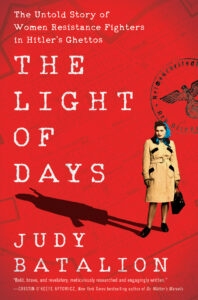 Drawing on memoir, witness testimony, interviews, and a variety of secondary sources, Batalion focuses on the stories of female “ghetto fighters.” These were activists and leaders who came up in the vibrant world of Poland’s pre-war Jewish youth movements, which represented a remarkable variety of political and religious affiliations. The young women of the socialist Zionist groups Dror (Freedom) and Hashomer Hatzair (Young Guard) feature prominently, but religious Zionists, Bundists (Jewish socialists), Communists, and young Jews representing various other cultural, political, and religious affiliations are there, too. Before the war, these groups taught leadership skills: how to make plans and follow through. When the war began, pre-existing leadership structures and a network of locations all over Poland allowed members to find one another and to immediately make plans for mutual aid and resistance. When these young fighters lost their family members, movement comrades were there to support and care for one another as another type of family.
Only a small percentage of Jewish women took part in armed resistance and combat. Most of them were
Drawing on memoir, witness testimony, interviews, and a variety of secondary sources, Batalion focuses on the stories of female “ghetto fighters.” These were activists and leaders who came up in the vibrant world of Poland’s pre-war Jewish youth movements, which represented a remarkable variety of political and religious affiliations. The young women of the socialist Zionist groups Dror (Freedom) and Hashomer Hatzair (Young Guard) feature prominently, but religious Zionists, Bundists (Jewish socialists), Communists, and young Jews representing various other cultural, political, and religious affiliations are there, too. Before the war, these groups taught leadership skills: how to make plans and follow through. When the war began, pre-existing leadership structures and a network of locations all over Poland allowed members to find one another and to immediately make plans for mutual aid and resistance. When these young fighters lost their family members, movement comrades were there to support and care for one another as another type of family.
Only a small percentage of Jewish women took part in armed resistance and combat. Most of them were 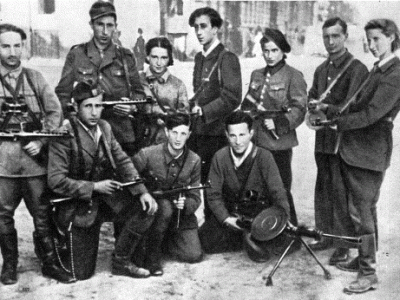
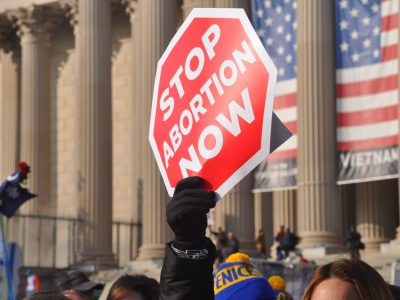
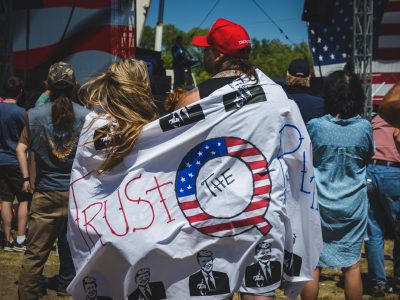
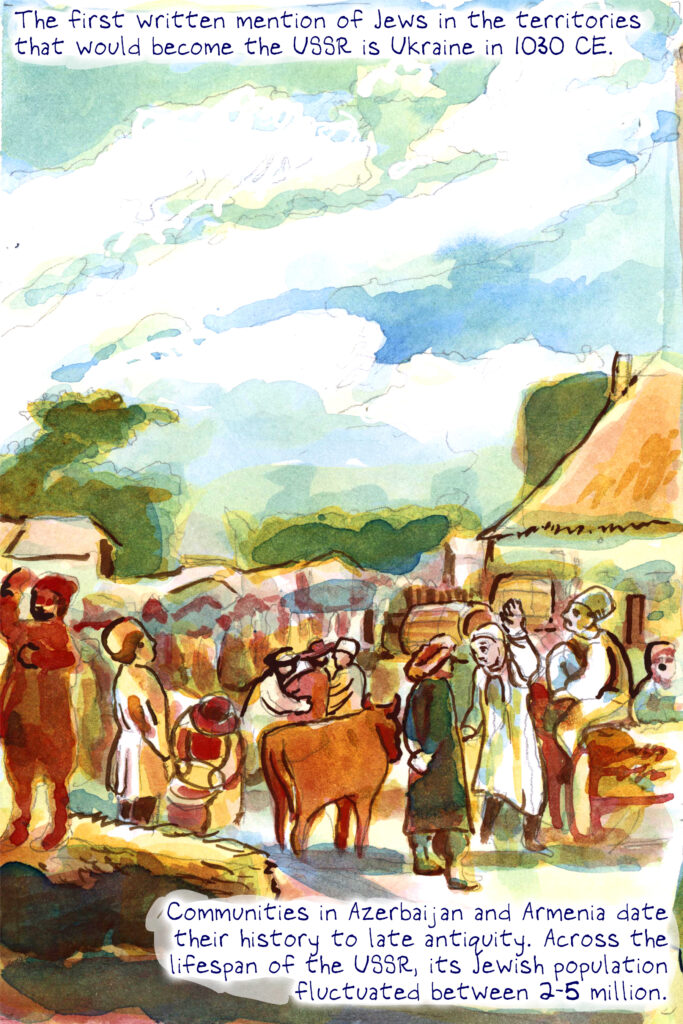
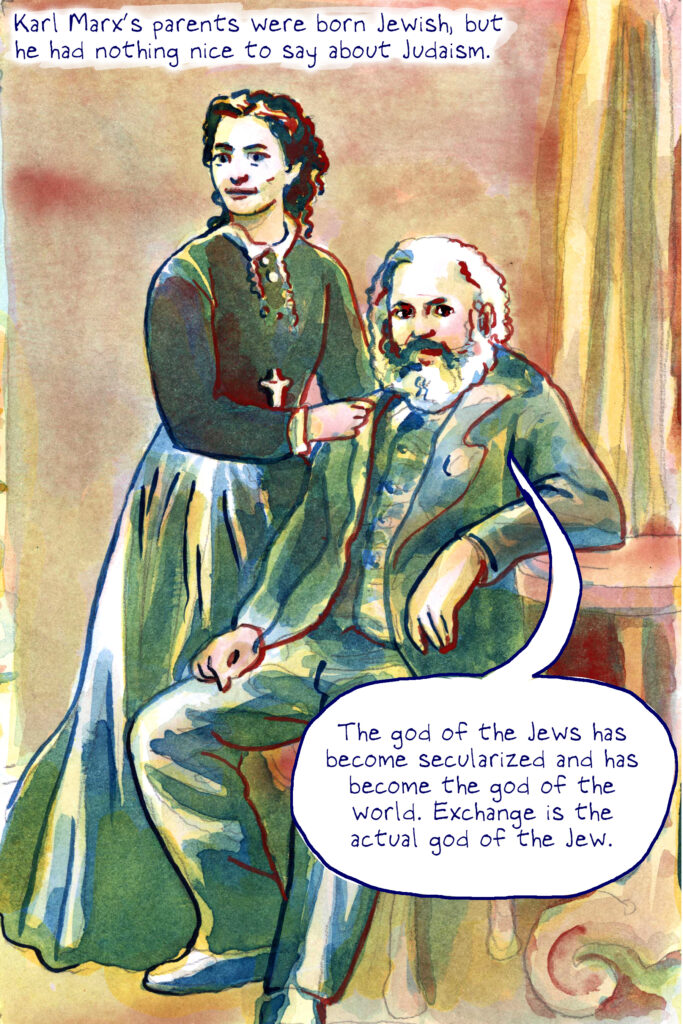
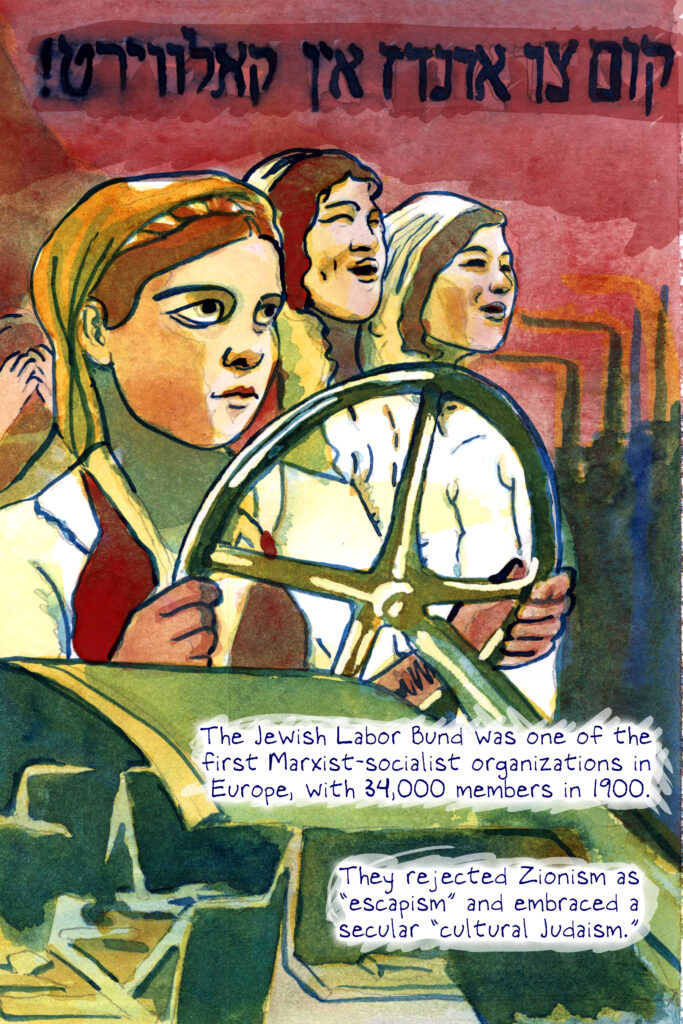









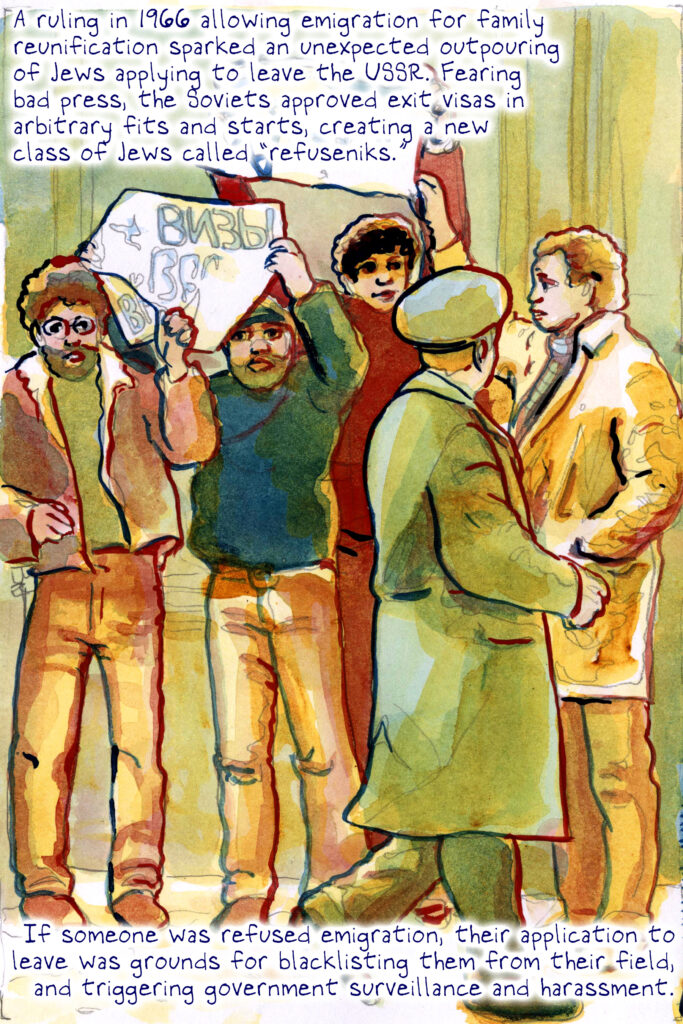
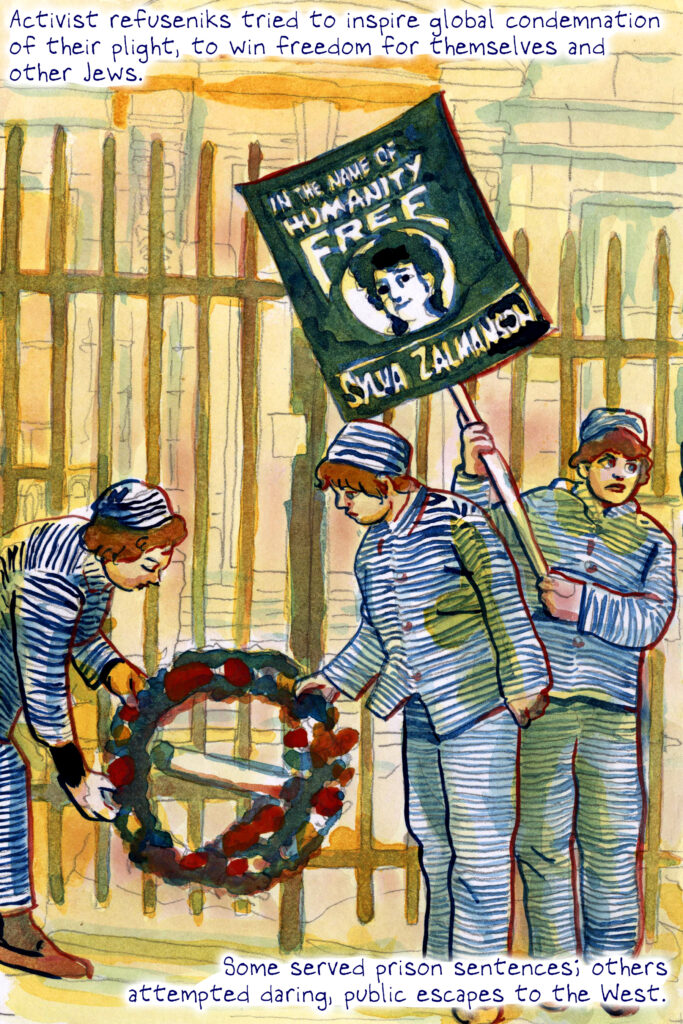


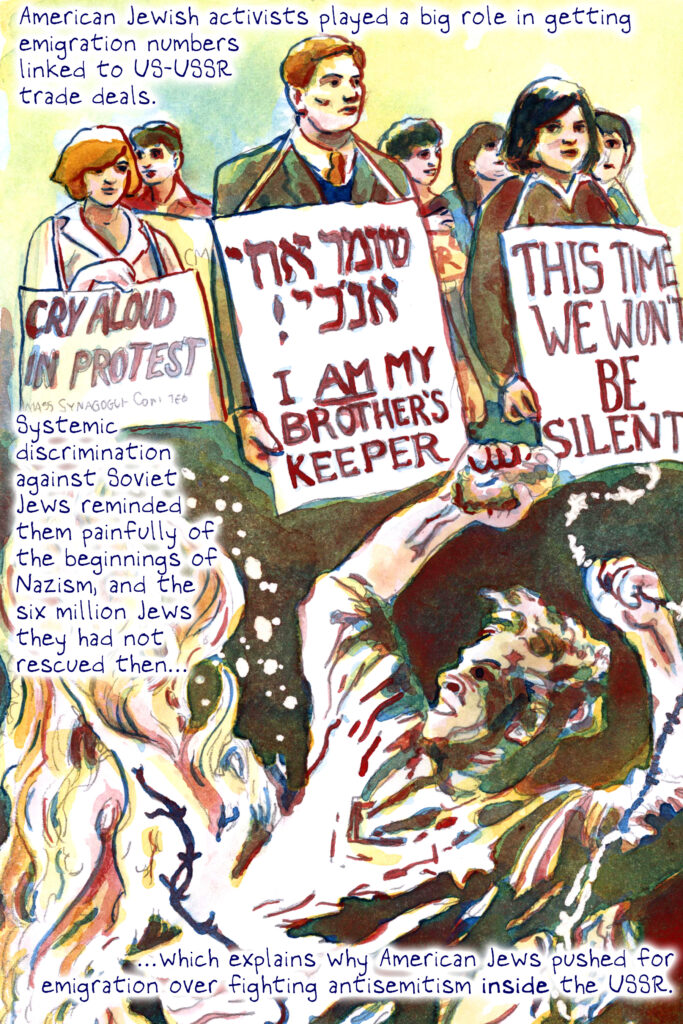
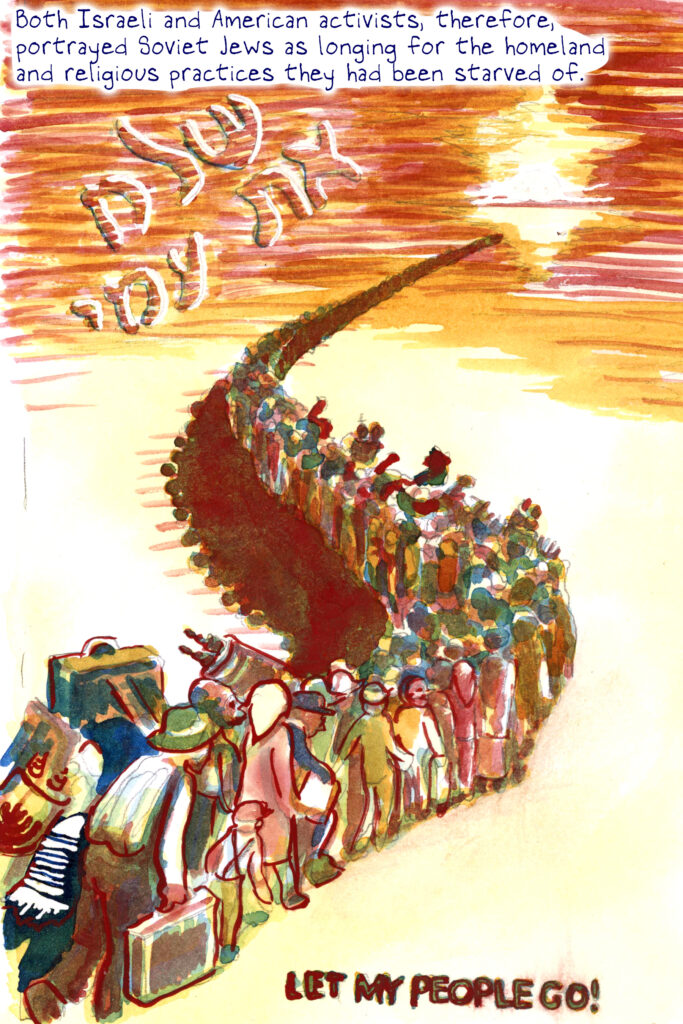
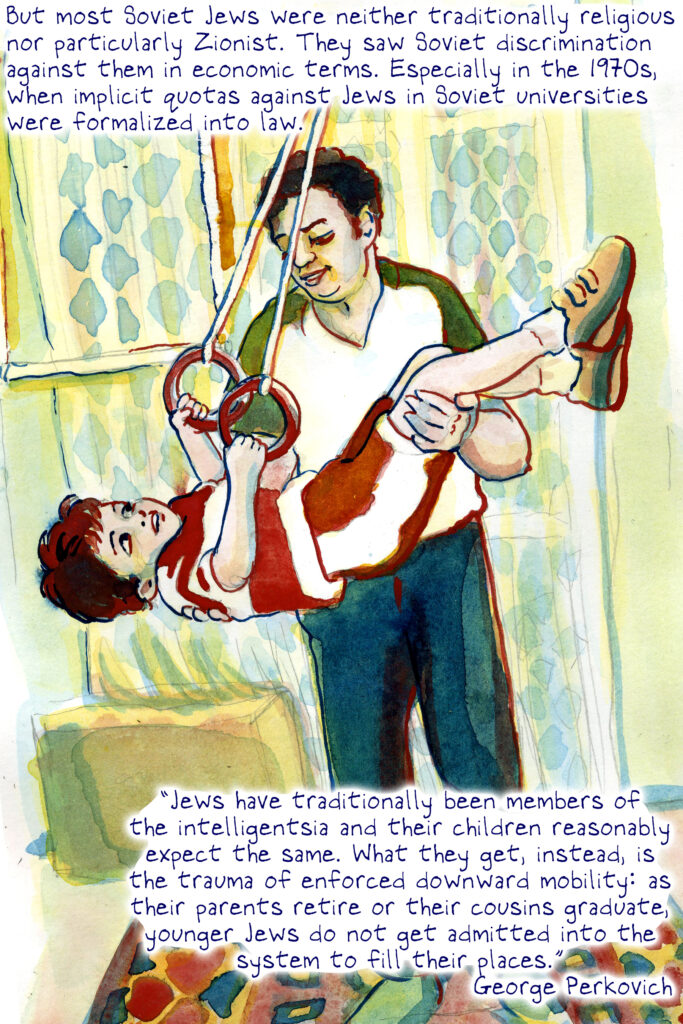




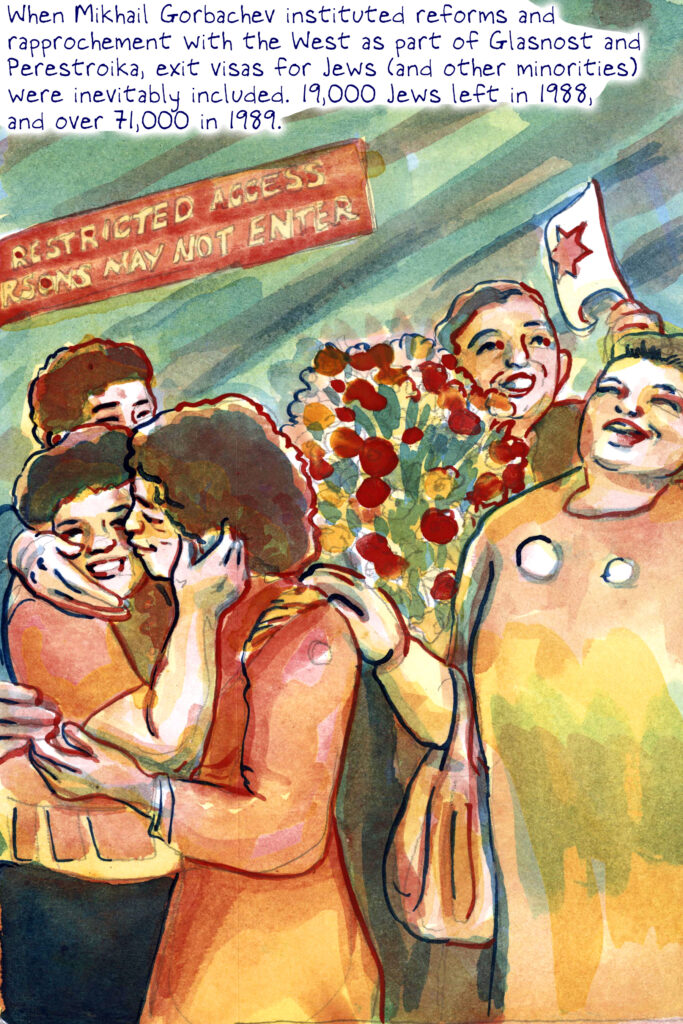
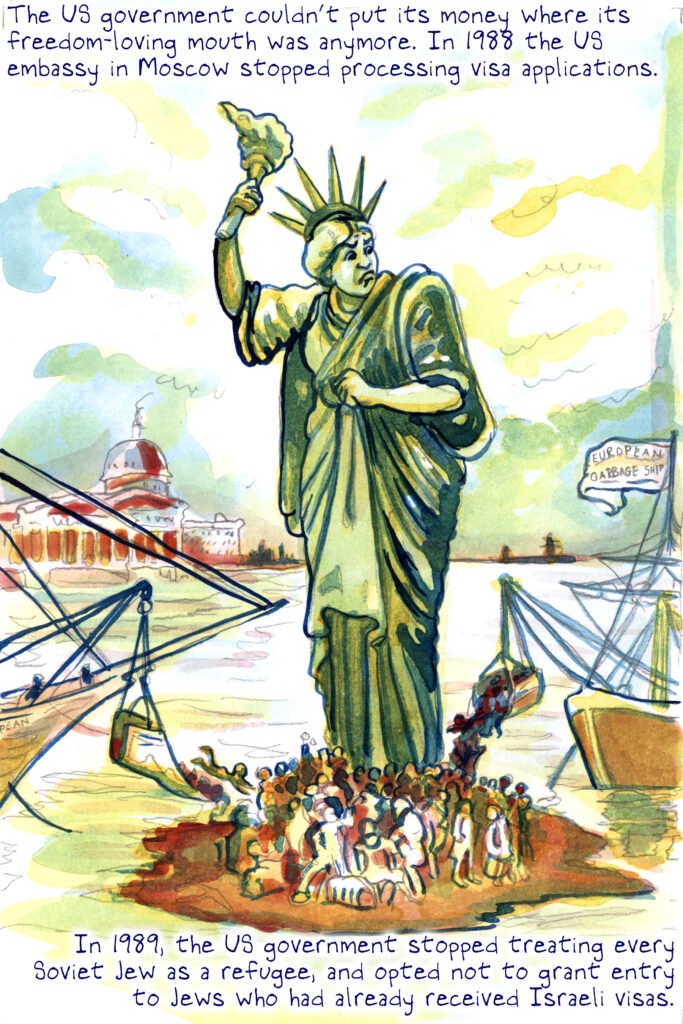
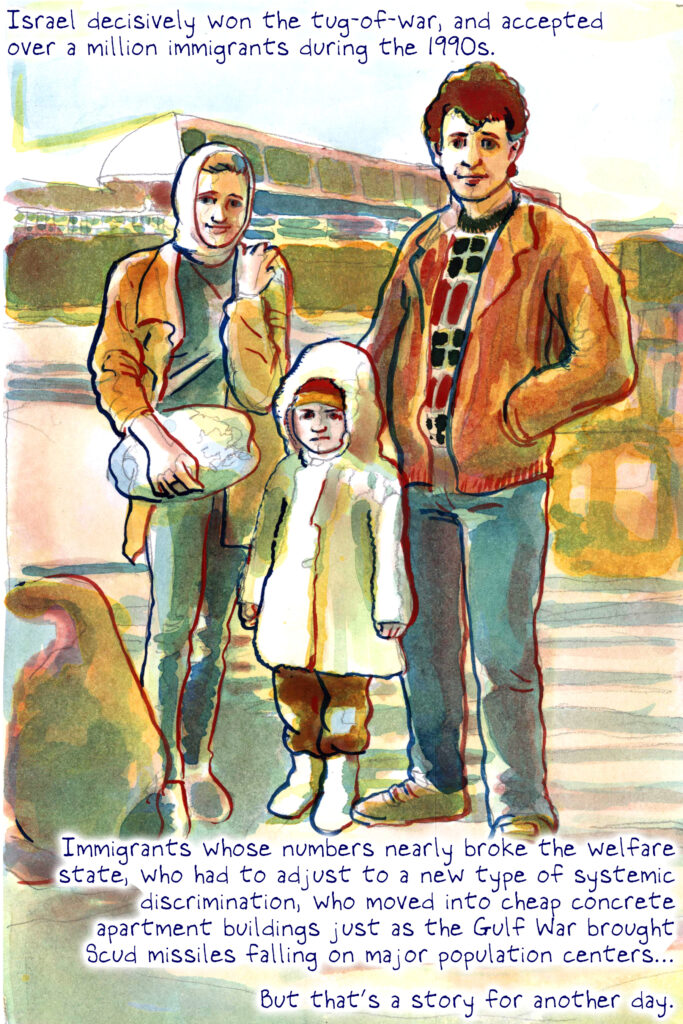 [post_title] => How the Soviet Jews changed the world: a graphic tale of tragedy and triumph
[post_excerpt] => Soviet Jews played a critical role in the history of the USSR and, by extension, the trajectory of the Cold War and the history of the twentieth century.
[post_status] => publish
[comment_status] => closed
[ping_status] => open
[post_password] =>
[post_name] => how-the-soviet-jews-changed-the-world-a-graphic-tale-of-tragedy-and-triumph
[to_ping] =>
[pinged] =>
[post_modified] => 2024-08-28 21:15:13
[post_modified_gmt] => 2024-08-28 21:15:13
[post_content_filtered] =>
[post_parent] => 0
[guid] => https://conversationalist.org/?p=3053
[menu_order] => 186
[post_type] => post
[post_mime_type] =>
[comment_count] => 0
[filter] => raw
)
[post_title] => How the Soviet Jews changed the world: a graphic tale of tragedy and triumph
[post_excerpt] => Soviet Jews played a critical role in the history of the USSR and, by extension, the trajectory of the Cold War and the history of the twentieth century.
[post_status] => publish
[comment_status] => closed
[ping_status] => open
[post_password] =>
[post_name] => how-the-soviet-jews-changed-the-world-a-graphic-tale-of-tragedy-and-triumph
[to_ping] =>
[pinged] =>
[post_modified] => 2024-08-28 21:15:13
[post_modified_gmt] => 2024-08-28 21:15:13
[post_content_filtered] =>
[post_parent] => 0
[guid] => https://conversationalist.org/?p=3053
[menu_order] => 186
[post_type] => post
[post_mime_type] =>
[comment_count] => 0
[filter] => raw
)
